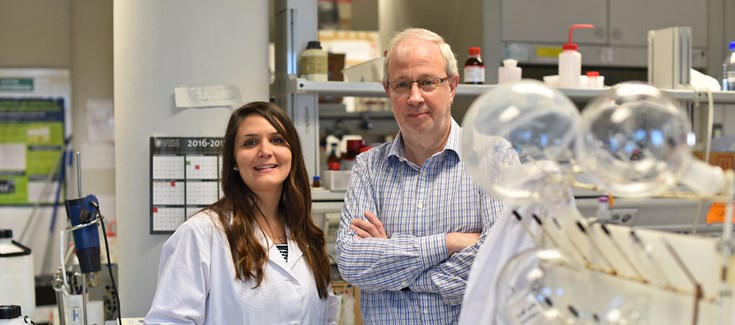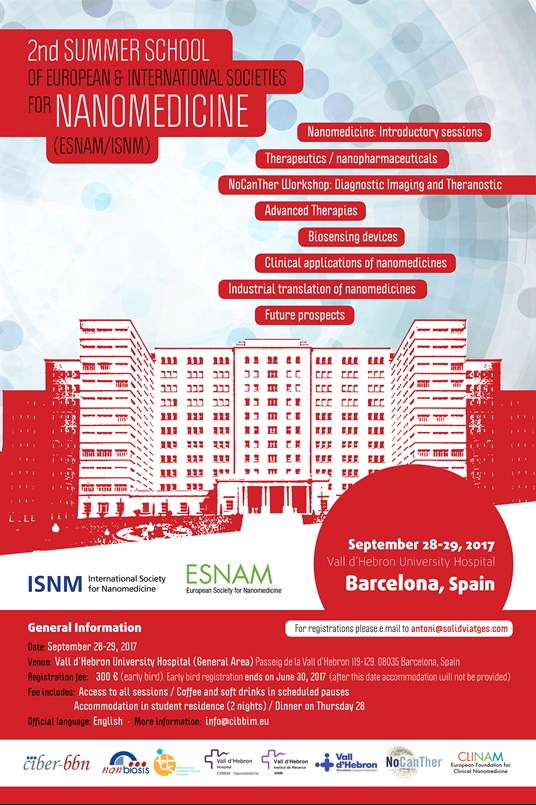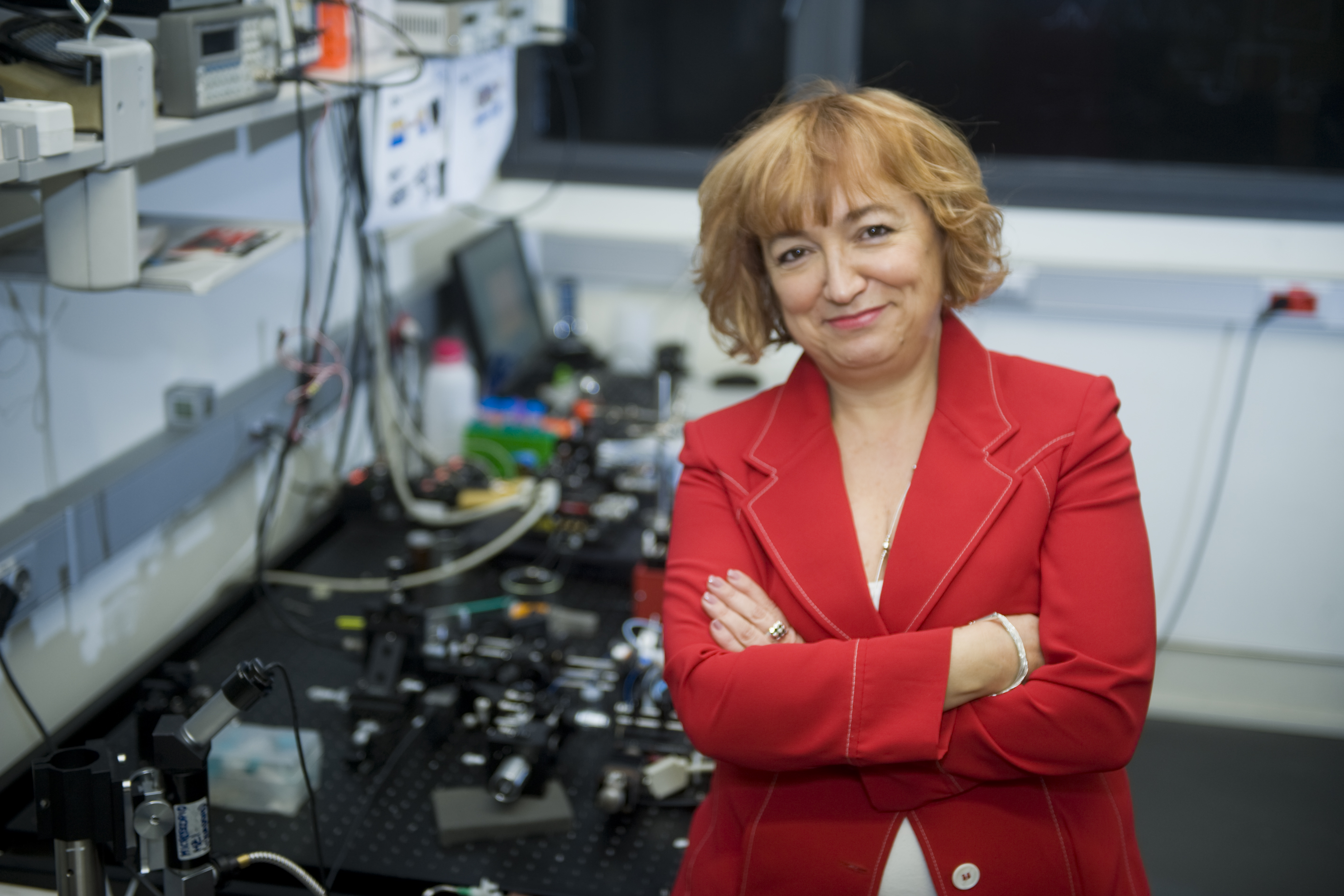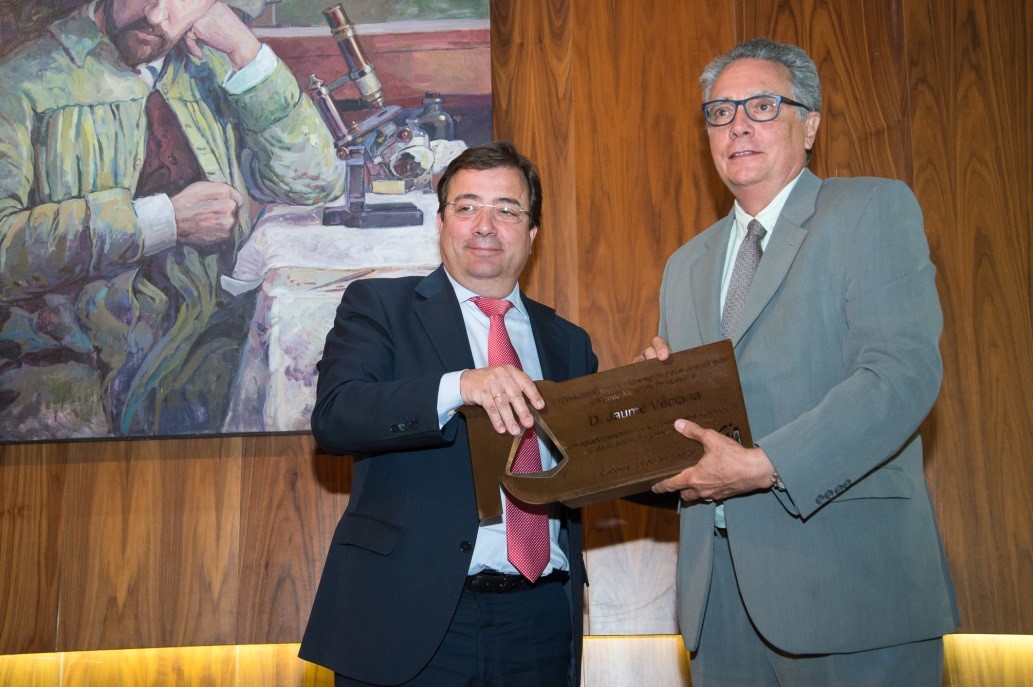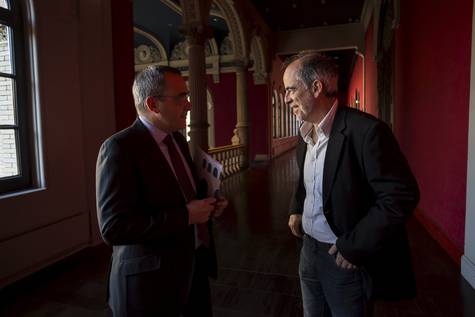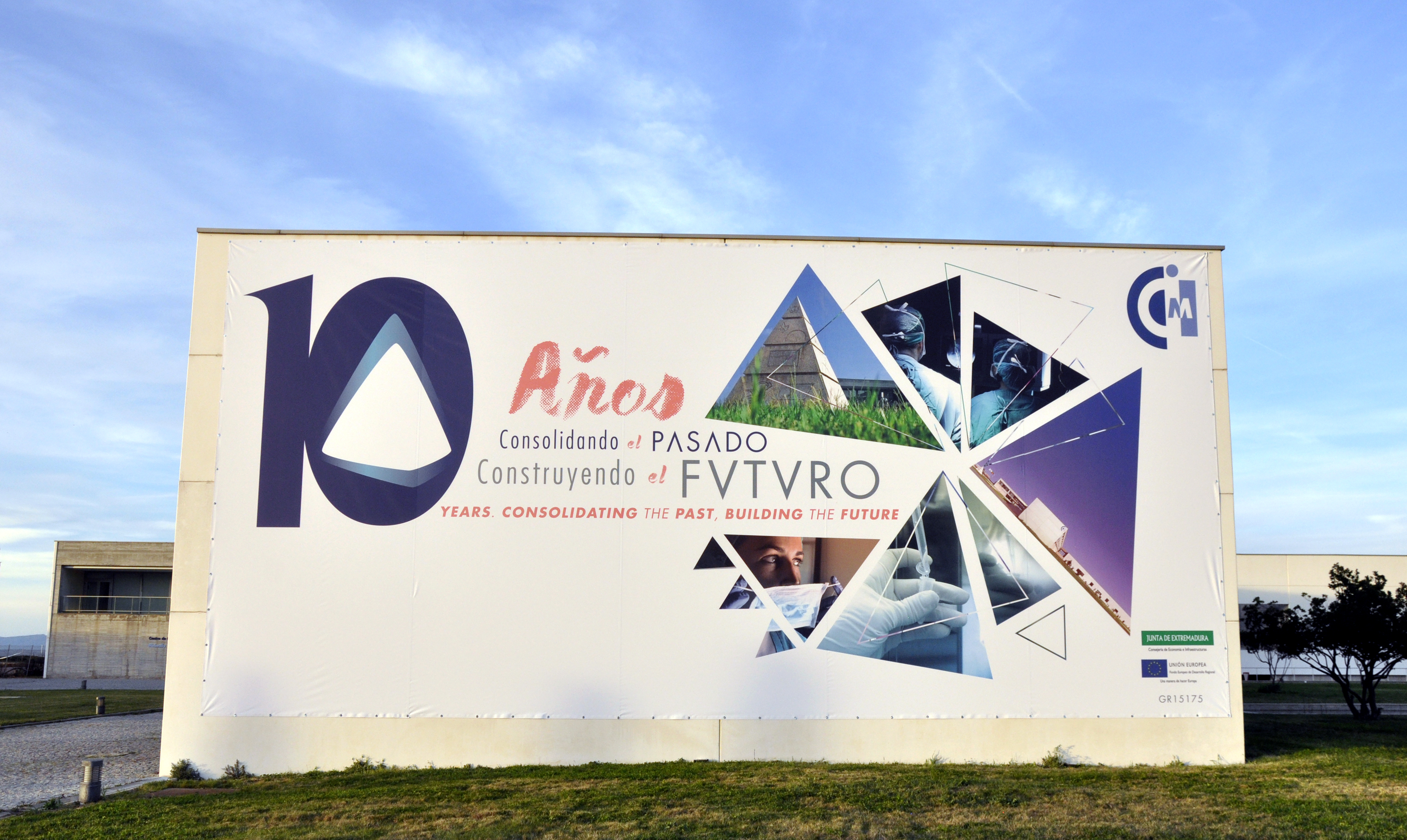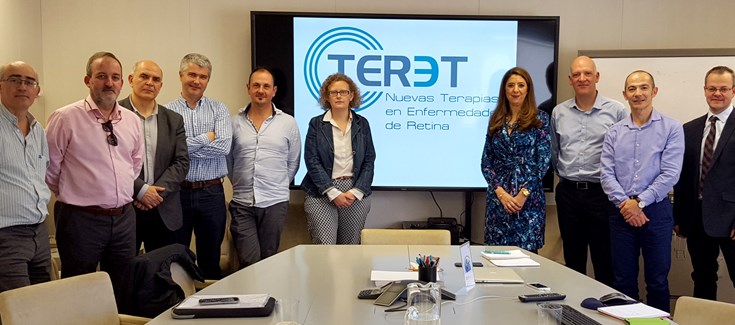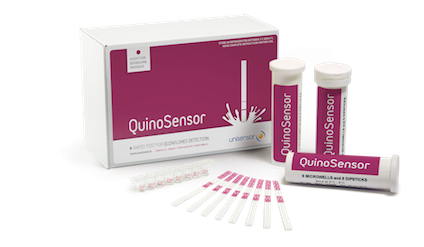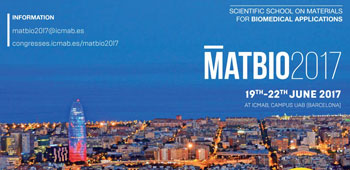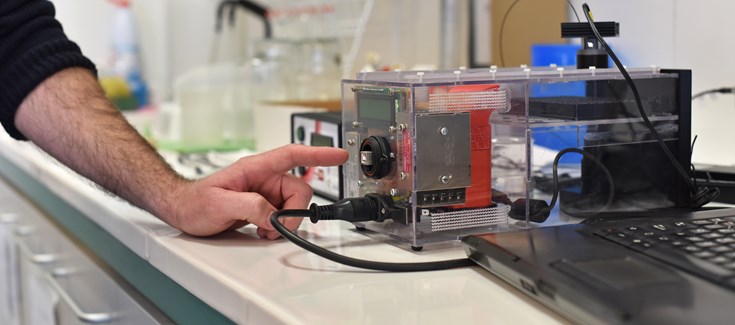New sensor for quick and easy detection of ecstasy
Spanish, Danes and Austrian researchers, including the group led by Ramón Martínez Mánez, coordinator of Unit 26 of NANBIOSIS, have developed a new sensor to detect ecstasy in a simple, reliable, fast and selective way.
Until now, this drug is detected by techniques such as capillary electrophoresis, spectroscopy or chromatography that require the use of expensive technical equipment and qualified personnel. The new method offers the advantages of easy use, low cost and high reliability according to Beatriz Lozano, a researcher at the Interuniversity Institute for Research on Molecular Recognition and Technological Development at the Universitat Politècnica de València and the group led by Ramón Martínez Mañez.
The sensor consists of a hybrid material including an inorganic carrier charged with a dye -fluorescein- and functionalized with an organic molecule derived from naphthol.
The dye is retained when the bluebox-molecule widely used in chemistry- is coordinated to the naphthol forming a molecular gate and in the presence of ecstasy in the analyzed sample, a variation of the fluorescence occurs, whose intensity varies as a function of the concentration of Drug detected.
“The affinity of BlueBox for different neurotransmitters such as dopamine had already been described, and because of the structural similarity between that neurotransmitter and ecstasy, we thought it would be a good idea to try to open the “molecular gate” in the presence of the drug and release the dye that gives the fluorogenic response”, explains Beatriz Lozano.
The characterization of the products by NMR was carried out by using facilities from NANBIOSIS-ICTS (unit 26)
Researchers are currently working on a new sensor for the detection of other synthetic drugs.
Reference Article:
Beatriz Lozano-Torres, Lluís Pascual, Andrea Bernardos, María D. Marcos, Jan O. Jeppesen, Yolanda Salinas, Ramón Martínez-Máñez and Felix Sancenón. Pseudorotaxane capped mesoporous silica nanoparticles for 3,4-methylenedioxymethamphetamine (MDMA) in water detection. Chem. Commun., 2017, 53, 3559. DOI: 10.1039 / C7CC00186J
